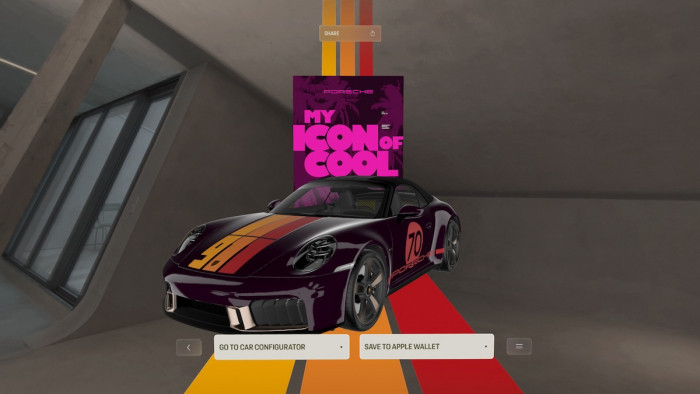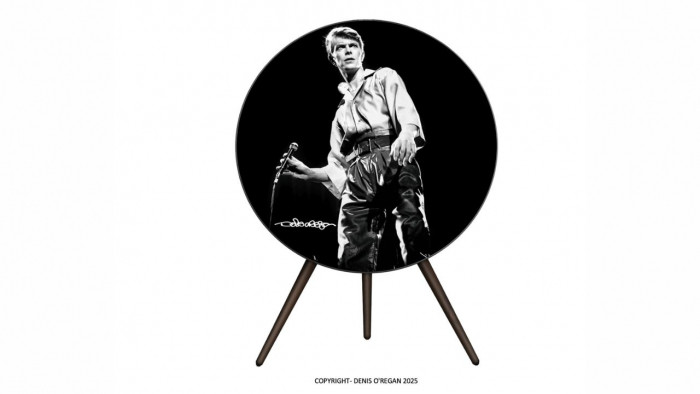There are vultures circling over the little blue bird.
On 26 April, Twitter released the results of its first quarter earnings for 2016. They weren't promising: the social network had brought in a revenue of $594.5 million (£407.89m) - less than the $607.8 million that analysts forecast. The noises for the current quarter were also bad news: a target of $590m and $610m, again less than the figure investors were eager to hear.
In the moments after the results were made public, Twitter's stock value plunged 13.6 per cent.
Its problem is twofold: no matter how many new features Twitter adds to its service (polls, Periscope integration, longer direct messages, 'While you were away', a deal with the NFL), it can't stimulate a growth in new users. It's this lack of growth that makes other services like Snapchat and Facebook - which are growing - more appealing to advertisers.
In recent months, Twitter has actually lost users - though this most recent quarterly report suggests it's managed to gain 5 million new fans. CEO Jack Dorsey was keen to emphasise that Twitter is still the best social media platform for live events - an area that Facebook is now manoeuvring into with Facebook Live. "We've been doing live for 10 years, and we believe we have a leadership potential in it", he said during the earnings call with investors and the media, before giving a telling correction: "A leadership position in it."
No, Twitter isn't about to die any time soon. But as it lags behind the likes of Facebook and Google in appealing to advertisers, struggles to generate new users and sees its share value fall, the future doesn't look good.
Best start fine-tuning your Snapchat skills...










